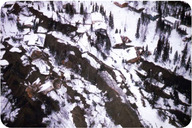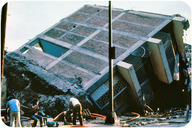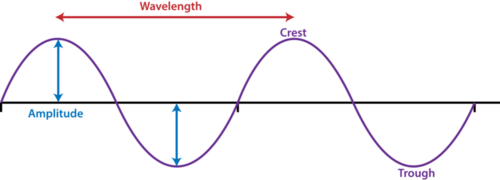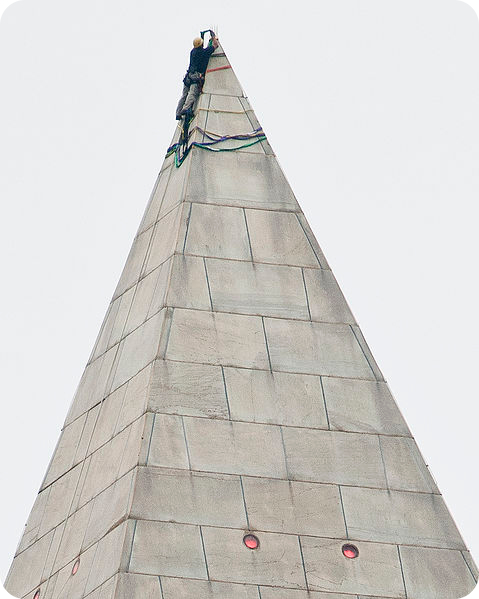How can you prepare for an earthquake?
If you live in earthquake country, the actions you take before, during, and after a quake could make the difference in your comfort for several days, or even your survival.
Protecting Yourself in an Earthquake
There are many things you can do to protect yourself before, during, and after an earthquake.
Before the Earthquake
Have an engineer evaluate the house for structural integrity. Make sure the separate pieces—floor, walls, roof, and foundation—are all well-attached to each other.
Bracket or brace brick chimneys to the roof.
Be sure that heavy objects are not stored in high places.
Secure water heaters all around and at the top and bottom.
Bolt heavy furniture onto walls with bolts, screws, or strap hinges.
Replace halogen and incandescent light bulbs with fluorescent bulbs to lessen fire risk.
Check to see that gas lines are made of flexible material so that they do not rupture. Any equipment that uses gas should be well-secured.
Everyone in the household should know how to shut off the gas line.
Place flashlights all over the house and in the glove box of your car.
Keep several fire extinguishers around the house to fight small fires.
Be sure to have a first aid kit. Everyone should know basic first aid and CPR.
Plan in advance how you will evacuate and where you will go. Do not plan on driving, as roadways will likely be damaged.
During the Earthquake
If you are in a building, get beneath a sturdy table, cover your head, and hold on.
Stay away from windows, mirrors, and large furniture.
If the building is structurally unsound, get outside as fast as possible.
If you are outside, run to an open area away from buildings and power lines that may fall.
If you are in a car, stay in the car and stay away from structures that might collapse, such as overpasses, bridges, or buildings.
After the Earthquake
Be aware that aftershocks, smaller quakes that come after the main trembler, are likely.
Avoid dangerous areas like hillsides that may experience a landslide.
Turn off water and power to your home.
Call 911 only if there is a real emergency. Many people will be trying to get through to emergency services.
Be prepared to wait for help or instructions. Assist others as necessary.
Summary
Before an earthquake, be sure that your home is secure. Be sure that you have supplies to last a few days.
During an earthquake, get to a safe place.
After an earthquake, avoid dangerous situations, wait for instructions, and assist as necessary.










































